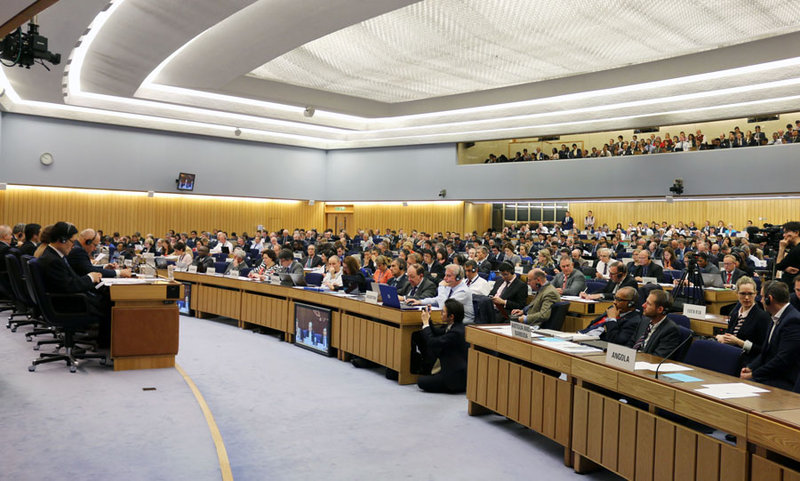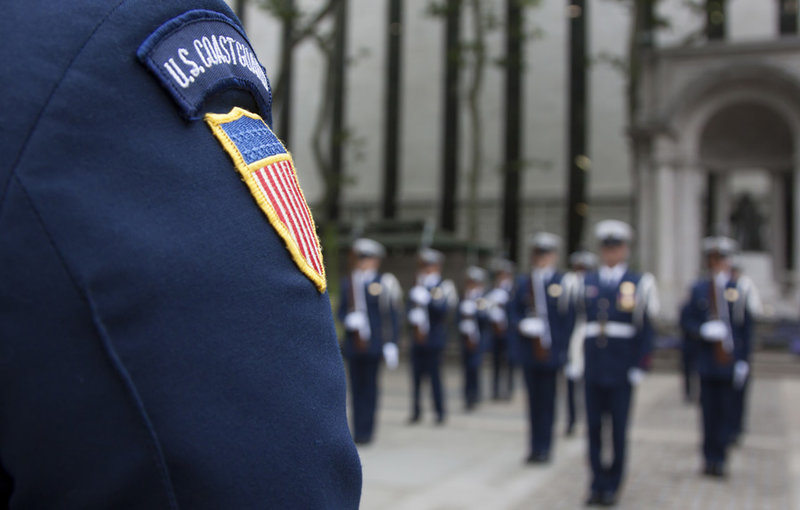Ballast Water Management
A comprehensive plan for ballast water management
The IMO’s Marine Environmental Protection Committee has reinforced regulations requiring ships to install ballast water management systems. Dr Stelios Kyriacou, general manager of BALPURE® BWMS at De Nora, considers what this means for the shipping industry
With discussions
at the IMO’s Marine Environmental Protection Committee’s 72nd session (MEPC 72) last month solidifying the regulatory extensions of MEPC 71 with no re-emergence of lobbying to further extend deadlines or exempt certain ships, there can no longer be any denial that ships will need ballast water management systems installed. The question is no longer if but when will ballast water management systems be installed. Surprisingly, there are still a number of shipowners who have not taken any steps to plan their ballast water compliance strategy.
Image courtesy of
Time for action
There is an intense period of change approaching for shipowners in the journey towards a more sustainable and greener future for maritime trade and operations. Ballast water compliance starting in September 2019, the 2020 sulphur cap, and now huge efficiency gains or emissions cuts required in the next 30 years, all remind us that now the talking has been done, it’s time for actions. But as owners are starting to find now with the 2020 sulphur deadline, having a plan in place well in advance can at least ease the process, if not necessarily make it simple and painless.
A BWMS retrofit project could have up to 12 months lead time from project launch to completion
This is even more essential for ballast water compliance. The market landscape is already much clearer than for the 2020 sulphur cap, making informed decisions possible today. In addition, the reality is that ship upgrade projects and retrofits require adequate planning to ensure efficient, cost effective and successful completion.

Marine Environment Protection Committee. Image courtesy of IMO / Flickr
Svein Kleven is senior vice president of engineering and technology for Rolls-Royce. Image courtesy of Rolls-Royce
Establishing a timeline
Under current market conditions, a BWMS retrofit project could have up to 12 months lead time from project launch to completion. Orderbooks are already building for installation dates between 2019 and 2022. With the additional pressure of peak demand and long waiting lists for BWMS installation, owners who wait too long may either find themselves non-compliant or forced to install a sub-standard solution for their vessel type and operational profile.
shipowners should also assess manufacturers on their capacity, financial stability
Even if an owner’s installation timeline may not be for several years, there are multiple decisions that need to be addressed now. Budget, selection of the correct technology, the engagement of specialist third-party engineering and design resources, selection of dockyards and other contractors, will all take time and research to ensure long-term compliance and an effective partnership. Given recent developments in the market, shipowners should also assess manufacturers on their capacity, financial stability, commitment to the market and long-term record of customer service.
Owners may also wish to review the list of technology suppliers with US Coast Guard (USCG) type approval already in place or going through the application process. It’s important that owners don’t just take current operational profiles and routes into account but also consider which markets and trading routes could be profitable to the vessel over its lifetime of service.

US Coast Guard. Image courtesy of Glynnis Jones / Shutterstock.com
Hazardous zone compliance
Tanker owners, in particular, have specific requirements to consider when taking into account hazardous areas onboard like the pump room, where ballast water treatment systems are situated. De Nora has specialised in delivering solutions that make the process of selection, design, installation and operation easy for tanker owners who need to ensure hazardous zone compliance without compromising cargo capacity.
The key has been in developing slip-stream electrolytic ballast systems that are made up of several sub-assemblies so that it can be mounted away from the ballast lines and that all major equipment can be installed in the engine room, with only a few low energy control devices needed in the pump room. BALPURE® is approved for hazardous zone installation and is available in both pump room and deck mounted configurations. There are already dozens of ships safely ballasting and deballasting with this type of system, including the Aframax crude tanker, on which De Nora conducted USCG shipboard testing.
Tanker owners have specific requirements to consider when taking into account hazardous areas onboard
As we saw in the 2017 ABS survey on ballast water, 57% of BWMS already installed on vessels are operating. This means that for most of the industry, the experience of BWMS so far has been positive. But it also shows a real divergence of experiences, and getting the right system type, supplier, crew training and proper installation will determine whether the process is achieved smoothly and successfully. Effective planning and putting in place partnerships now will mean owners will be more likely to get the system they need, in the right timescale, with reliable long-term partners to support the future of their business.